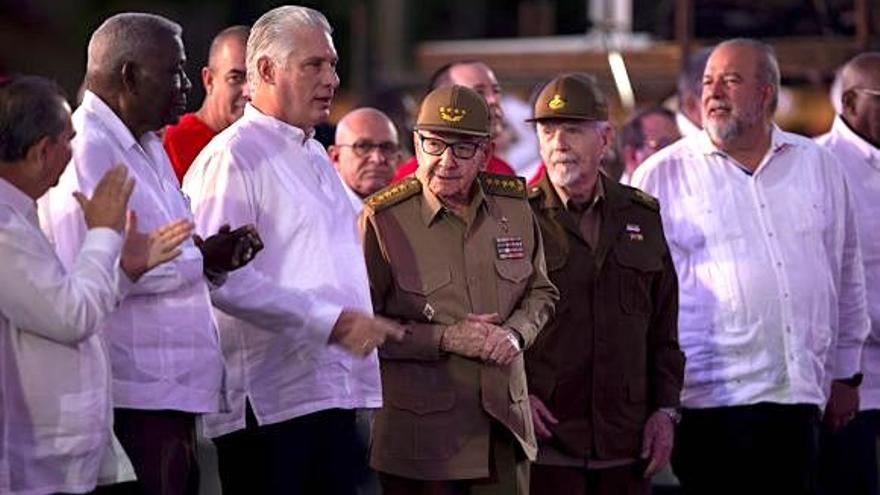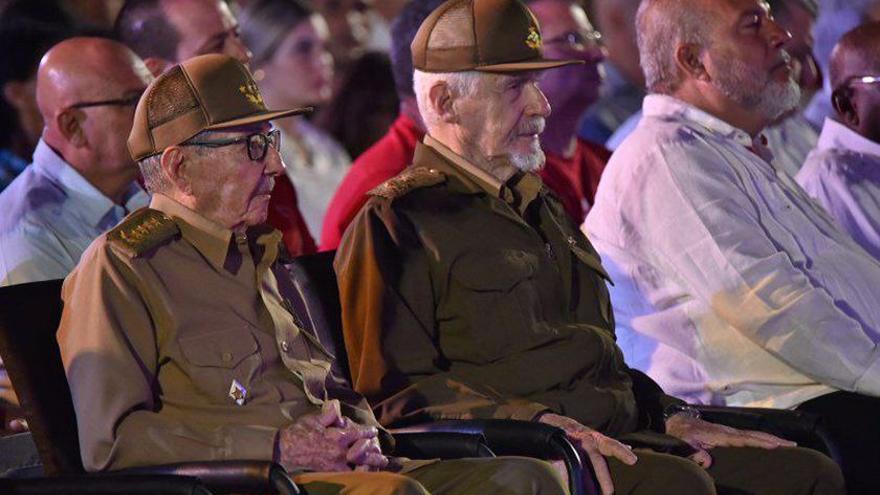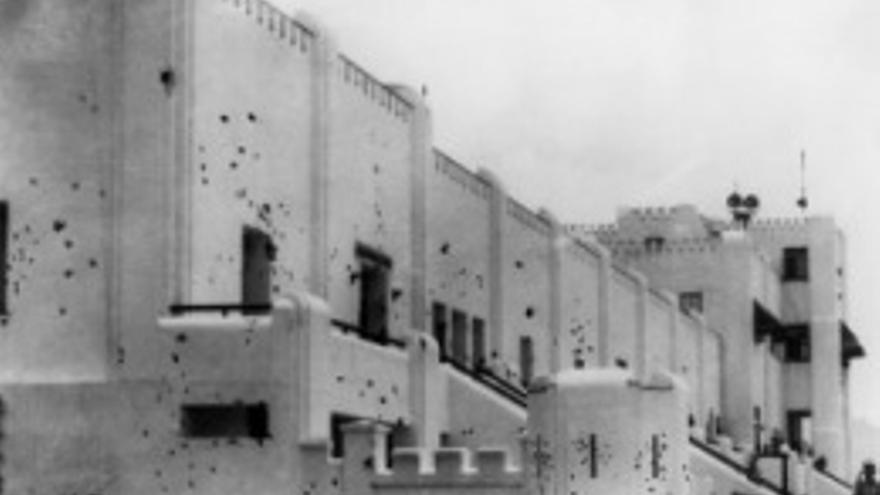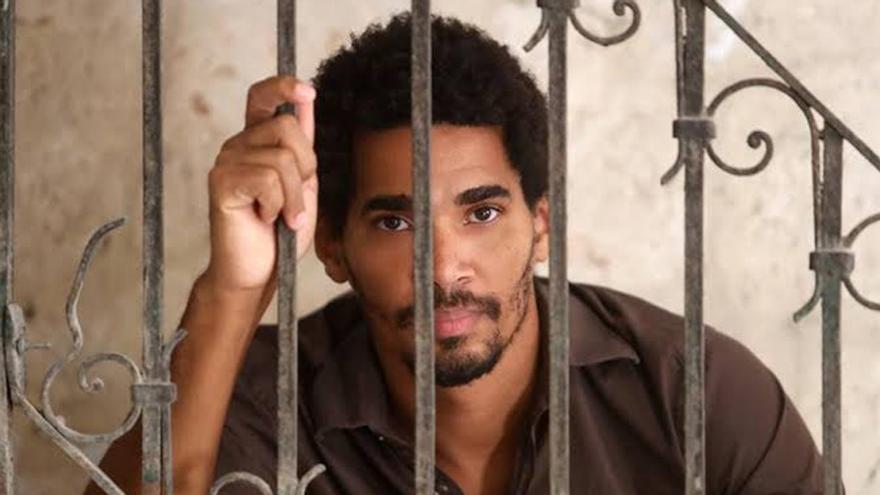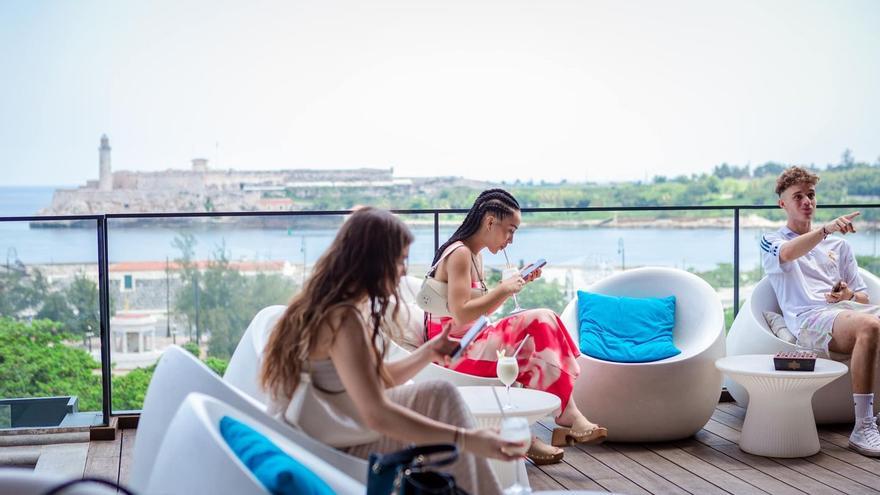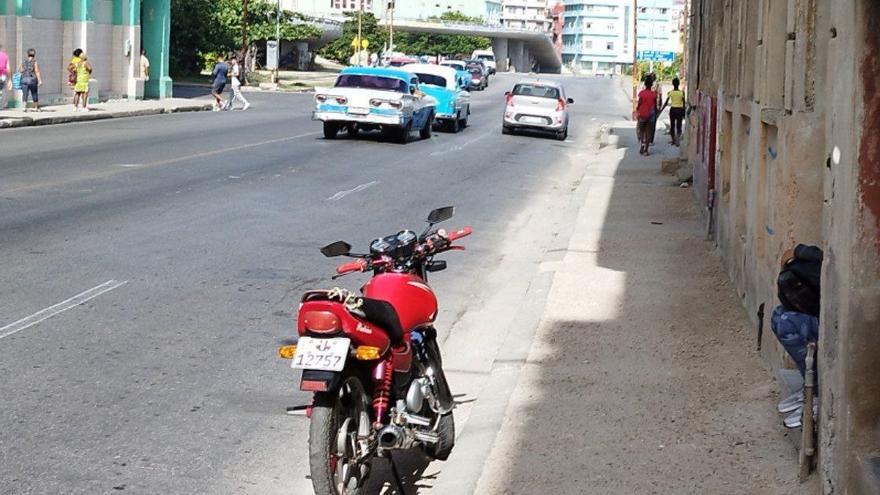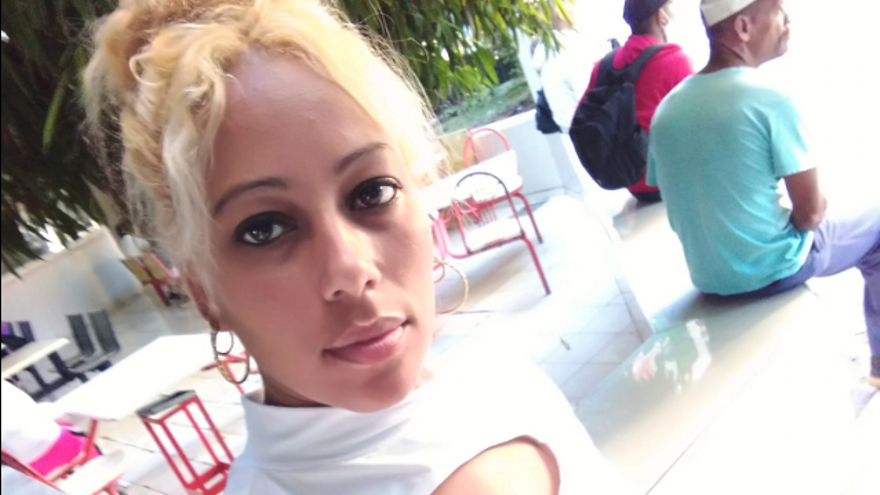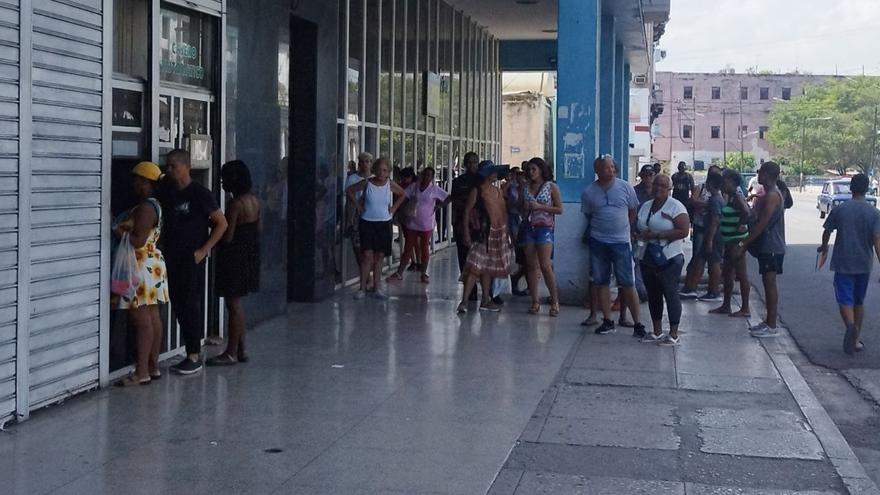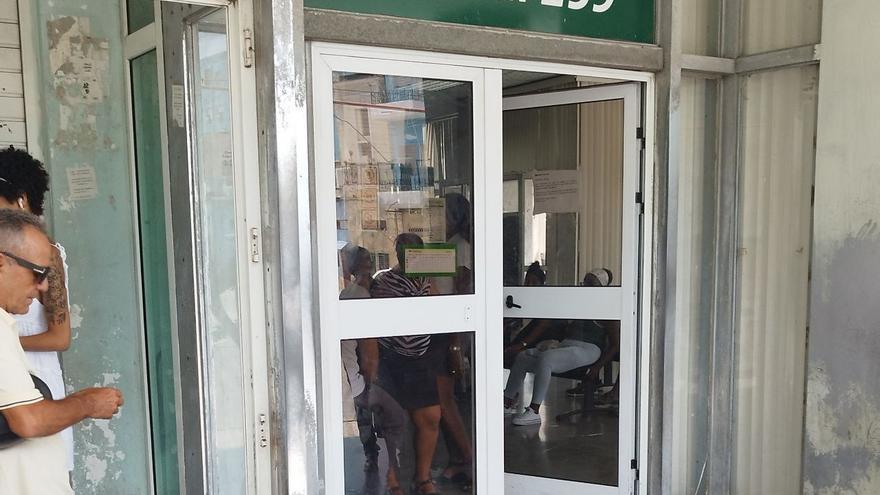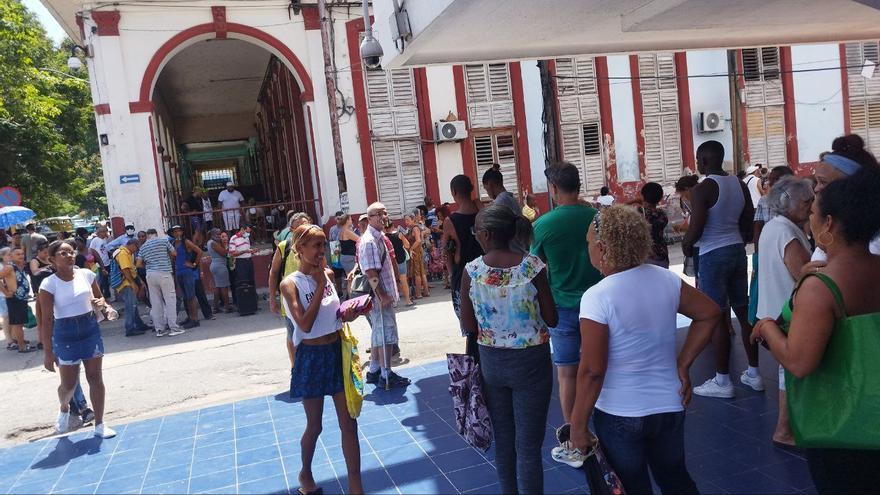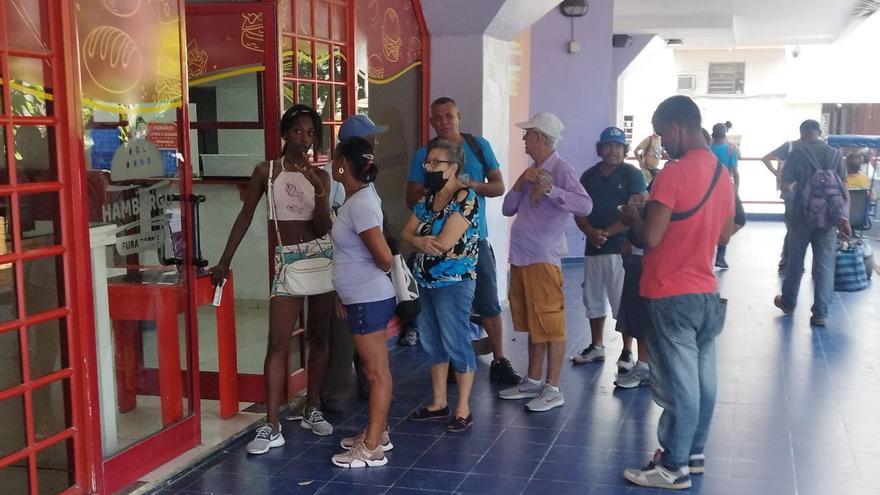
![]() 14ymedio, Havana, 24 July 2023 — Cuban boxer Robeisy “The Train” Ramírez will not be able to appear in his fight in Japan this Tuesday with the anthem of the country that gave birth to him and from which he fled in 2018. According to the athlete himself on his social networks, the Cuban embassy in Japan contacted the television station that will broadcast the event, which will take place at Ariake Arena in Tokyo and in which The Train will defend his World Boxing Organization title of featherweight against the Japanese Satoshi Shimizu; the embassy prohibited his use of the national anthem. It is, says the boxer, “a vile attempt at intimidation.”
14ymedio, Havana, 24 July 2023 — Cuban boxer Robeisy “The Train” Ramírez will not be able to appear in his fight in Japan this Tuesday with the anthem of the country that gave birth to him and from which he fled in 2018. According to the athlete himself on his social networks, the Cuban embassy in Japan contacted the television station that will broadcast the event, which will take place at Ariake Arena in Tokyo and in which The Train will defend his World Boxing Organization title of featherweight against the Japanese Satoshi Shimizu; the embassy prohibited his use of the national anthem. It is, says the boxer, “a vile attempt at intimidation.”
“I’m a free man,” cried Ramírez, double Olympic champion (London 2012 and Rio de Janeiro 2016), who says that they offered him the U.S. anthem or none at all. “I’m not going to enter with the U.S. anthem,” replied the boxer, annoyed, who couldn’t believe that the Asian promoter accepted the imposition. “If I don’t enter with the one from Cuba, I enter without an anthem. It’s my homeland; what a lack of respect!”
The fighter is grateful that the U.S. opened its doors for him to continue his career but explains that he will not use the American anthem, because “its not what I represent.” In professional fights, the organizers use the hymns of the country from which the fighters originate, although it is not mandatory. On the Cuban Boxing Facebook page, he stressed that “what bothers me the most is that in Japan there are 12 or 15 lackeys and fat people living life who don’t care what the average Cuban is going through, literally living from what his family outside sends him.”
🚨indignación total. Compartan este vídeo por todos lados, que el mundo vea todo lo que hace la dictadura castrista y el sistema comunista. El boxeador cubano @RobeisyRamirez este próximo 25 de julio tendrá una pelea para defender su título mundial en Japón, el régimen castro… pic.twitter.com/tVFRoI2uRC
— Marcel (@Marcel_305) July 24, 2023
Total indignation. Share this video everywhere, let the world see everything that the Castro dictatorship and the communist system are doing. The Cuban boxer @RobeisyRamirez this coming July 25 will have a fight to defend his world title in Japan, the Castro regime… pic.twitter.com/tVFRoI2uRC — Marcel (@Marcel_305) July 24, 2023. The athlete, a native of Cienfuegos, attacked the regime, which, he says, has been pursuing him since he decided, five years ago, to make a career outside the Island. “They demanded that I not use the Cuban flag on my uniform or anywhere else.”
The 26-year-old boxer warned that far from “shutting me up” with this type of intimidation, “they have motivated me more to achieve success and continue to raise my voice and cry out for the freedom of my homeland. Now more than ever, Homeland and Life!“ continue reading
The young man’s coach, Ismael Salas, also joined the protests after the official boycott: “That is a lack of respect from the Cuban Embassy. I say this so everyone can understand what communism is and why I’m against all those communists.”
For his part, the collaborator of Pelota Cuba USA, Yordano Carmona, described as “incredible” that the “tentacles of the Cuban dictatorship” reach all the way to Asia.
Ramírez says that in 2018 he made his best decision. At that time he wanted to leave “so I wouldn’t remain an amateur, but the main reason for my decision was all the problems that happened with the managers of boxing and INDER [National Institute of Sports, Physical Education and Recreation], who created them, but every day they got worse,” he told Play-Off Magazine. “All I had left was to leave or go back to Cienfuegos to survive as I could.”
Translated by Regina Anavy
____________
COLLABORATE WITH OUR WORK: The 14ymedio team is committed to practicing serious journalism that reflects Cuba’s reality in all its depth. Thank you for joining us on this long journey. We invite you to continue supporting us by becoming a member of 14ymedio now. Together we can continue transforming journalism in Cuba.


